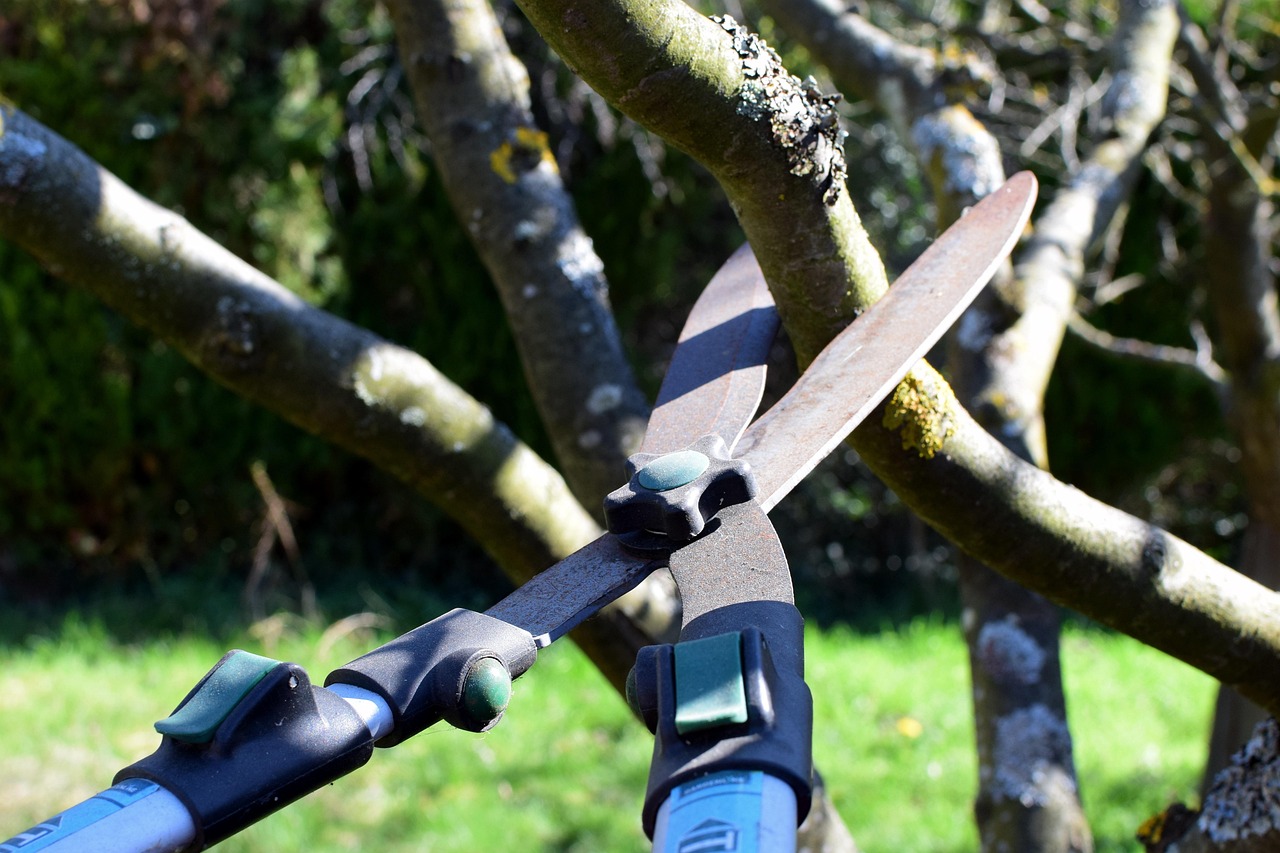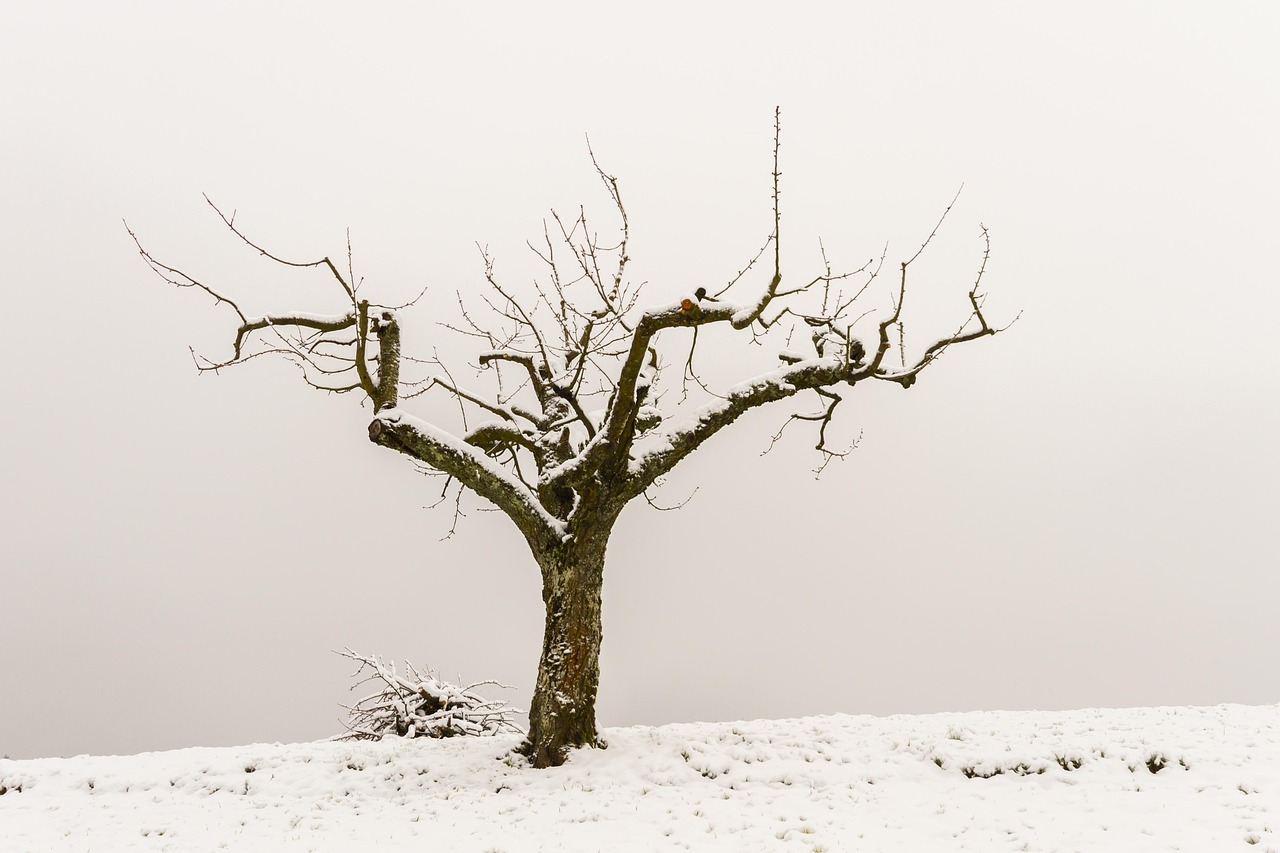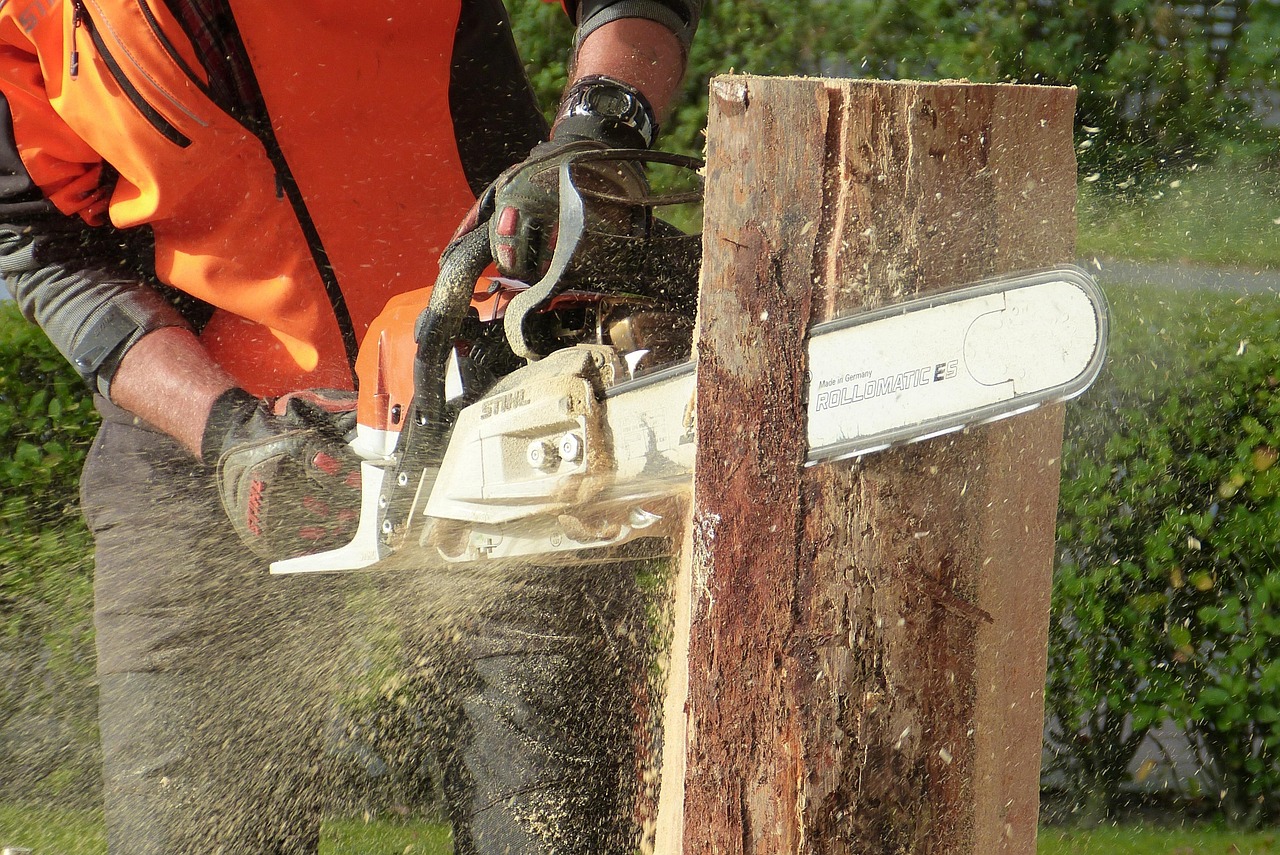Effective tree pruning is essential for health, safety, and appearance, but misconceptions can lead to damage. This guide debunks common myths and shares expert advice on timing, techniques, tools, and safety, helping you prune your trees correctly to promote their longevity and beauty.
Tree pruning, from my experience, is like giving your trees a good health check-up. I’ve learned that removing dead or diseased branches helps prevent illness, while strategic cuts can encourage more abundant flowers or fruit. However, I always remind myself—if done poorly, pruning can do more harm than good. It’s essential to understand the right techniques and timing to avoid stressing your trees or creating vulnerabilities.

From my experience, I always remind myself that pruning involves more than just chopping away. It’s about carefully removing parts of the tree—branches, buds, sometimes roots—to shape it properly and support its health. I’ve found that maintaining a tree’s natural shape, especially the central leader in most trees, keeps them stable and strong. Jumping into heavy pruning without understanding this can lead to weak points or uneven growth.
I used to think that winter was the only good time to prune, but I learned the hard way that different trees have different rhythms. For example, flowering trees often do better if I prune right after they bloom, while deciduous trees prefer late winter when they’re dormant. It’s all about understanding each species’ needs to maximize their health and beauty.
Tools make a huge difference. I always make sure to use sharp, clean pruning shears or saws. Dirty or dull tools can crush or tear the bark, inviting pests or disease. When I started making clean cuts—at a slight angle just above a bud or branch junction—I noticed my trees healed faster and looked better overall.

One thing I always grapple with is balancing aesthetic appeal with tree health. It’s tempting to shape a tree perfectly, but I’ve learned that respecting its natural form and avoiding drastic cuts—like topping—keeps it healthier in the long run. Topping might seem like a quick fix to control size, but I’ve seen it lead to weak growth, pests, and even shorter tree lifespan.
The timing for pruning is another lesson I learned through experience. While I used to think spring was the only time, I now know that different species have specific schedules. For example, I always prune deciduous trees in late winter, before new growth begins, and I do light trimming after flowering for certain ornamental trees. Misjudging the timing can stress the tree more than it benefits it.
A warning I always keep in mind: not all cuts are equal. I used to cut randomly, thinking any cut would do, but I discovered that different cuts serve different purposes—heading cuts for bushier growth, thinning cuts to improve airflow, and reduction cuts to control size. Understanding how to make each type of cut has been a game-changer for my trees’ health.
After pruning, I always observe my trees closely. Healthy trees respond with new growth, but I also watch out for signs of pests or disease—early detection is key. If I notice anything unusual, I don’t hesitate to call in a professional arborist. Over the years, I’ve learned that some problems are better handled by someone with specialized training to prevent long-term damage.

My Top Tips for Successful Tree Pruning
Based on my journey, I always focus on these key practices to keep my trees healthy:
Choose the Right Time
- Late winter to early spring is usually best, especially before new growth starts.
- For flowering trees, I prune right after they bloom so I don’t cut off next year’s flowers.
- Summertime pruning is good for shaping but should be conservative to avoid stressing the tree.
Use Proper Techniques
- I focus on making clean, angled cuts just above buds or branch junctions—this speeds up healing.
- I avoid leaving stubs or tearing the bark, which can invite diseases.
- If removing large branches, I always cut in steps to prevent splitting or damage.
Pick the Right Tools
| Tools | When I Use Them |
|---|---|
| Hand Pruners | Small, precise cuts on thin branches. |
| Loppers | Medium-sized branches up to 2 inches thick. |
| Saw | Larger branches or when clean cuts are needed on thick limbs. |
| Pole Pruner | Reaching high branches without a ladder. |
Safety First
- I always wear safety goggles and gloves, especially when using powered tools or pruning near power lines.
- Stability is key—if I need to climb or use a ladder, I double-check everything first.
- I never forget to be cautious around electrical wires—safety always comes first.
Post-Pruning Care
- I keep an eye on my trees for new growth or signs of trouble.
- I water them during dry spells and avoid fertilizing immediately—waiting until I see new growth ensures they’re ready to take it.
Pro-Tips
When I first attempted pruning, I overlooked the importance of using sharp, clean tools. Switching to sharp pruning shears and saws made a huge difference in how smoothly and cleanly my cuts healed. I learned that dull or dirty equipment can crush or tear bark, inviting pests and disease—so now I always ensure my tools are sanitized and razor-sharp before starting.
In my early days, I tried to shape my trees into perfect forms without understanding their natural growth patterns. Over time, I realized that respecting the tree’s natural shape and avoiding drastic cuts, like topping, actually keeps the tree healthier and more resilient.
Initially, I thought any cut would do, but I soon discovered the value of different pruning techniques. Making angled cuts just above buds or branch junctions sped up healing and prevented disease entry. Learning to differentiate between heading, thinning, and reduction cuts has helped me promote strong, healthy growth.
At first, I did all my pruning in spring, assuming it was the best time. However, I’ve found that timing varies by species—most flowering trees benefit from pruning right after they bloom, while deciduous trees are better pruned in late winter when dormant. Paying attention to the specific needs of each tree has made my pruning more effective.
When I began climbing or using ladders, safety was an afterthought. Now, I always double-check stability, wear safety goggles and gloves, and stay cautious around power lines. Prioritizing safety has prevented mishaps and kept my pruning experience positive.
In the past, I neglected post-pruning observation. Now, I consistently watch for signs of pests or disease and take action early. If I notice anything unusual, I don’t hesitate to call in an arborist. Their expert assessment ensures my trees stay healthy and prevents minor issues from becoming major problems.
When to Call in the Pros
I’ve realized that some situations definitely require professional help. I always think about:
- Height—if a tree is over 15 feet tall, I don’t take chances.
- Signs of disease or pests that I can’t treat myself.
- Structural issues that could threaten safety.
In those cases, I contact a certified arborist. Their expertise saves me from risky attempts and ensures my trees get the proper care they need.
The Long-Term Benefits of Proper Pruning
From my experience, consistently pruning with care pays off in the long run:
- My trees stay healthier and live longer, especially when I remove dead or diseased branches early.
- Proper pruning improves their appearance and boosts my property’s curb appeal—something I definitely appreciate.
- Healthy trees contribute to a better environment—I’ve noticed more birds, insects, and cleaner air around my yard.
- It also saves me money, because I avoid costly tree removals or repairs by staying on top of maintenance.
Final Words of Advice
Over the years, I’ve come to see that tree pruning is both an art and a science. The myths I once believed could easily lead me astray, but now I recognize the importance of informed, cautious practices. Learning about the right timing, techniques, and tools—and knowing when to seek professional help—has transformed my approach to tree care.
Taking care of your trees with patience and knowledge not only keeps them healthy but also enriches your landscape, benefits the environment, and enhances your property’s value. I always remind myself—trees are living neighbors; they deserve our respect and proper care.
So, keep learning, stay cautious, and enjoy the process of nurturing your green guardians. The more I invest in understanding how to prune wisely, the more my trees reward me with beauty, health, and longevity for years to come.
